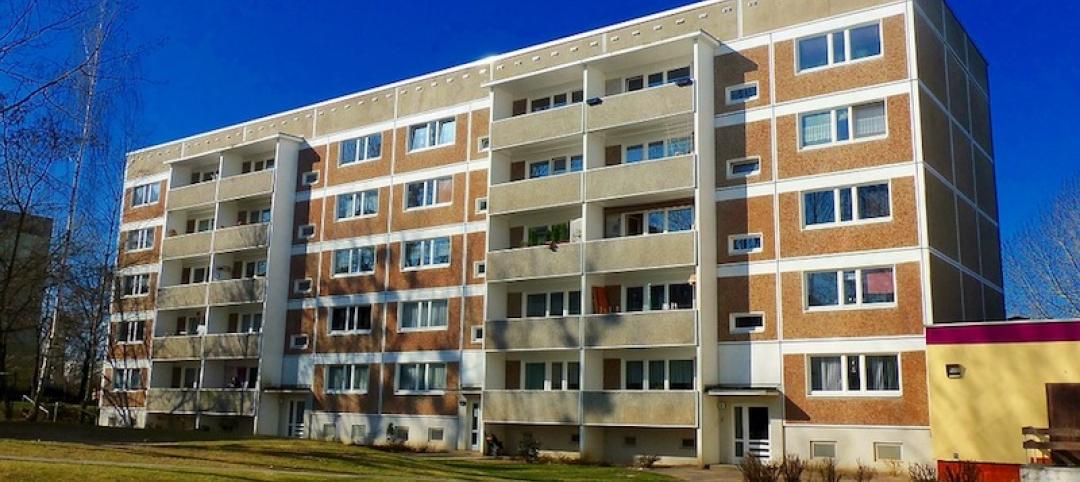The 20% Stretch Code, a new set of standards developed by New Buildings Institute (NBI), offers a tool for accelerating the use of more energy efficient designs in new buildings.
Most new buildings are constructed to meet only the minimum energy efficiency requirements in state or local building codes that are often based upon national model codes such as the International Energy Conservation Code and ASHRAE 90.1.The stretch code provides a way for localities to move ahead more quickly with greener standards than they would by simply adopting national building codes.
The adoption of national building codes by states can be a slow, erratic process. Some states are still using codes that are up to three development cycles behind the most recent codes, representing design and construction practices from 2009. Stretch codes can also be adopted as voluntary codes or policies that can be fostered by devising incentives for designers and builders to use them.
As of October 2017, 214 municipalities have adopted the stretch code.
Related Stories
Codes and Standards | Jan 7, 2019
Washington, D.C., to transition to 100% renewable energy by 2032
Includes measures to reduce emissions from buildings and transportation.
Codes and Standards | Jan 4, 2019
Canada’s National Building Code will include climate change obligations
New durability requirements for new buildings in the works.
Codes and Standards | Jan 4, 2019
LEED v4.1 beta registration begins in January
First releases are O+M, BD+C, and ID+C.
Codes and Standards | Jan 3, 2019
U.S. Appeals Court says general contractors can be cited for subcontractor violations
Ruling will prompt review of OSH decision that said GCs cannot be held liable for subs’ violations.
Codes and Standards | Jan 3, 2019
Tall mass timber code changes receive final approval
New provisions to be included in the 2021 International Building Code.
Codes and Standards | Jan 2, 2019
ASHRAE’s Low-Rise Residential Buildings standard update now available
Performance measures are at least 50% more efficient than 2006 IECC.
Codes and Standards | Jan 2, 2019
Study compares labor hours for various low-slope roofing options
Type of roof covering, project parameters, tool management, and crew efficiency all impact profitability.
Codes and Standards | Dec 20, 2018
New York’s ‘Scaffold Law’ under fire for driving up project costs
Lawmakers under pressure to reform law that makes contractors 100% liable for work-site injuries.
Codes and Standards | Dec 19, 2018
Guidance for water utilities on indoor recycled water use released
Provides recommended ranges on 13 different parameters of water quality.
Codes and Standards | Dec 18, 2018
Development in Africa, Asia, and uptake in air conditioning will require more efficient buildings
Dramatic action will be needed for global building sector to cut carbon in line with international agreements.
















